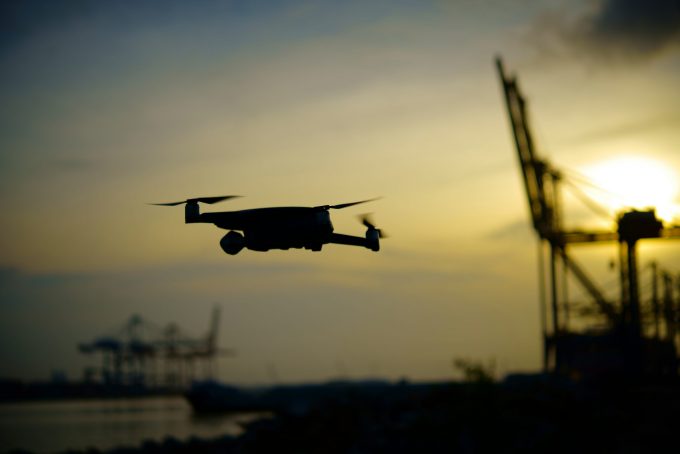Smart containers are the key to a more-visible supply chain
Current pressures on the international supply chain, and the increased volatility expected in the future, ...

Where security staff might struggle with the protection of cargo and property in port terminals, the use of drones can provide the speed of deployment and a much-improved viewpoint of what is happening in the facility. TT Club’s risk assessment manager, Neil Dalus, looks in ...

Comment on this article